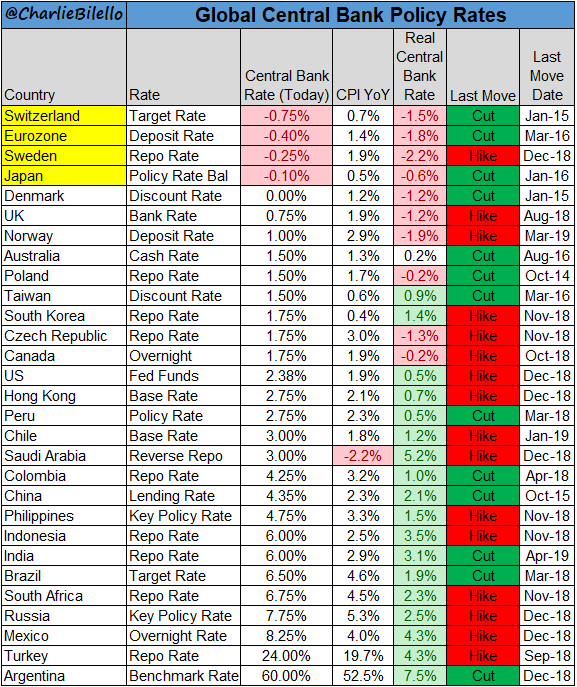Former U.S. Treasury Secretary Lawrence Summers has jumped into the debate about negative interest rates, signing onto a paper that gives the policy -- adopted in Europe and Japan as an emergency tool during the financial crisis -- a damning review.
Negative central bank rates have not been transmitted to overall deposit rates, and a model suggests that tiptoeing into negative territory in a world with such a disconnect is “at best irrelevant, but could potentially be contractionary due to a negative effect on bank profits,” Summers writes with Brown University’s Gauti Eggertsson and Ella Getz Wold and Norges Bank’s Ragnar Juelsrud.
...
While Eggertsson and his co-authors have released prior iterations of this research, Summers is newly appearing as a co-author. That’s relevant, because the Harvard economist is an influential voice in monetary policy circles and has a track record of urging the policy makers to contend with a low-growth, low-interest rate future.
The commentary on negative rates could be well-timed for impact: while the policy has never been used in the U.S., the Federal Reserve is embarking upon a yearlong conversation about its monetary policy framework.
Because research from Fed Board economists shows that America’s policy rate could be around zero about a third of the time going forward, unconventional monetary policies are almost sure to factor prominently in the central bank’s future toolkit. That said, Fed staff looked at negative rates back in 2010 and were unsure if the central bank had the legal authority to impose them.
Summers and his co-authors point to quantitative easing, forward guidance, and credit subsidies as potential alternatives to negative rates as better solutions to fighting a recession with interest rates near zero.
“Our findings suggest that negative interest rates are not a substitute for regular interest rate cuts in positive territory, at least to the extent that these cuts are expected to work via the bank lending channel,” the economists write. “While the existing literature has made progress in evaluating these measures, the question of how monetary policy should optimally be implemented in a low interest rate environment remains a question which should be high on the research agenda.”







